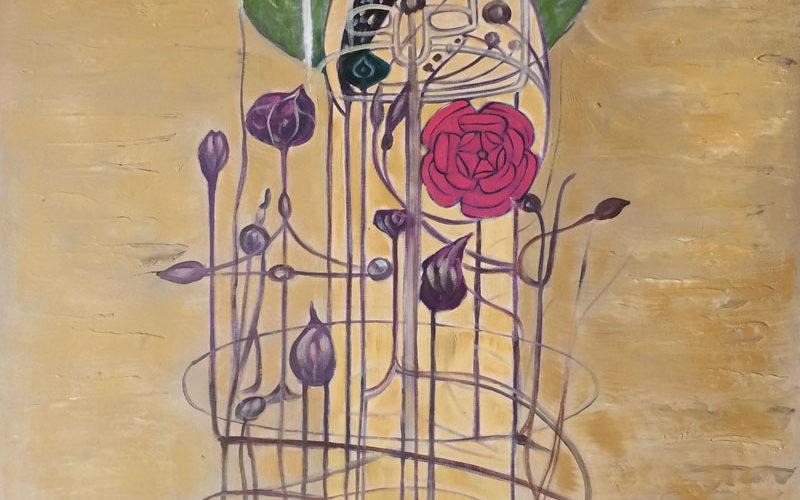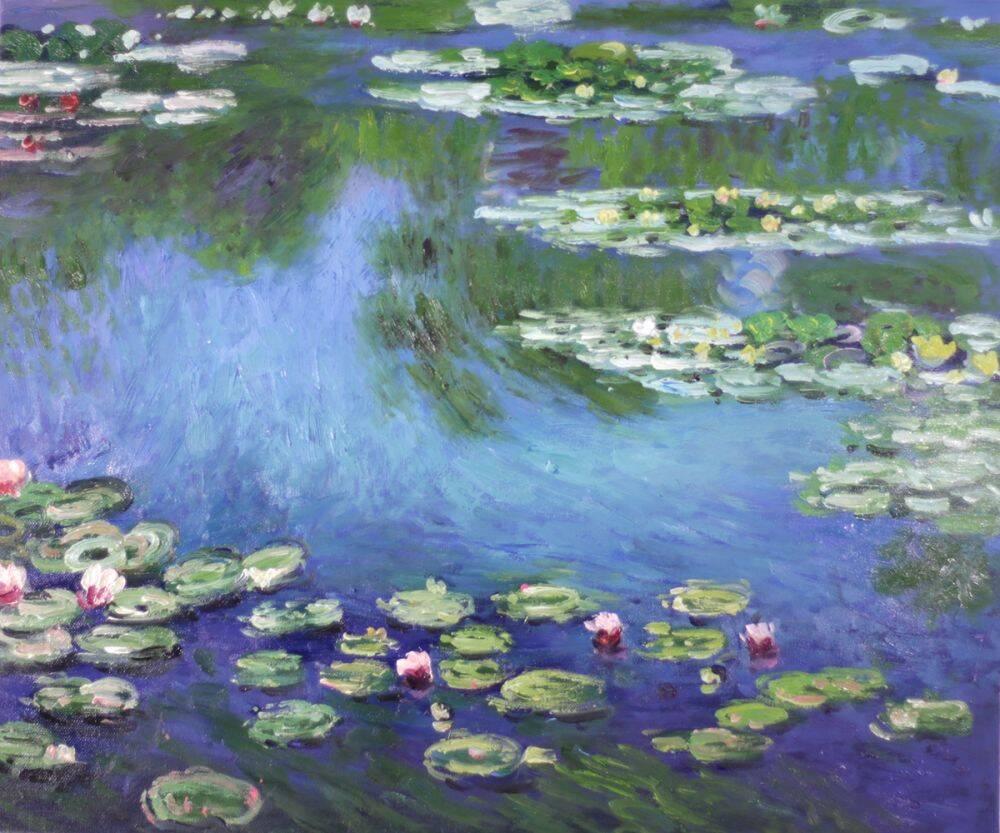Art
Charles Rennie Mackintosh – The mind who brought Art into Architecture
Charles Rennie Mackintosh was a Scottish post-impressionist artist that became one of the most exciting architects from the XX century and one of the world’s greatest designers. He was the fourth of 11 children, born in Glasgow on 7th July 1868. By the age of 16, he started to work at the Honeyman and Keppie architectural practice while attending evening classes at the Glasgow School of Arts, and by the age of 22, he won the Alexander Thomson Travelling Studentship for the study of ancient classic architecture.
Upon his return home, he met fellow artist Margaret MacDonald who became his wife in 1900 and the love for all his life. By that time he also had a professional identity strongly formed, assuming himself as an artist-architect who questioned the traditional values. For Mackintosh, buildings – such as art – should provide a form of enlightenment, celebrate the joy in nature, the grace of form and color, matching functional with spiritual. It was absurd to see modern churches, theaters, and banks made in imitation of Greek temples so he brought to life the ‘Glasgow Style’: Scottish traditions combined with several architectural styles and a hint of Japanese influence, which stunning results in buildings and interior design.
Among his many famous works are the Glasgow Herald Building (the Lighthouse), the Martyrs Public School, and the Glasgow School of Art – an exciting and unchanged building until today. His holistic approach integrating art and design antagonized many fellow architects of his time, adding to his stubborn personality, and his subjective notion of budgets and timing. However, he had an enormous reputation among the avant-garde on the Continent, especially in Germany and Austria where he had a great influence on the advanced style of the early 20th century. His groundbreaking thought and unusual eye for detail attracted high esteem of the progressive Vienna Secession Movement – a group formed by radical and brilliant minds such as Gustav Klimt, Max Klinger, and Josef Hoffmann.
With the First World War also came a decline to his career, as there was a little request for sophistication. He went from the most stylish of the modern architects to being considered too challenging for his time. This growing antagonism and little work coming in made Glasgow feel too dull and provincial for Mackintosh and he fell into depression. The couple decided it was time for a change and in July 1914 they went to Suffolk, where they spent some time painting and holding parties for fellow artists just before moving to London to restart their lives. In times of war architecture was a hard field to thrive in and a new building was out of the question, so they tried different directions such as water coloring, interior design and fabrics. Only one new patron came forth in London during those times, in 1916, requesting the conversion of a small terraced house in North Hampton.
In this new phase, the famous flowing white-on-white interior designs of the Glasgow period were turned into hard geometric shapes in black-on-black interiors. This change in spirit and its reflection on his design ended up predicting what Art Deco would do in France tens of years later. Even in challenging times, he was still a visionary. However, his dream seemed further away and all his visions for buildings came to nothing. Tired of indifference, the couple ventured into a long holiday to Southern France where the weather was sunny and life was cheaper. Under this new inspiration, Mackintosh created a sumptuous series of 41 watercolors. Placid landscape paintings where his sadness was transmuted into a reencounter of love for his art. They stayed at Port-Vendres for four years, until he detected a lump on his tongue that brought him back to London to see a doctor.
After being diagnosed with cancer and having his tongue removed, a brief recovery allowed him to leave the hospital. He convalesced at home for a few months, being taken care of by his wife until the day he died, on 10th December 1928. Margaret scattered his ashes over the Mediterranean, from one of the rocks he painted and went back every year in the summer to the same hotel where they spent time together. At the time of her death, five years later, their studio contents were appraised as very little value. Today, more than 80 years after his death, Mackintosh’s reputation stands as one of the most significant talents of his time, representing a great influence for architects, artists, and interior designers all over the world.
Whilst his buildings can be seen all over Glasgow – Scotland, you can see some of his paintings on overstockArt.com and acquire high-quality hand-painted oil renditions of his love declarations to Rennie Mackintosh.




